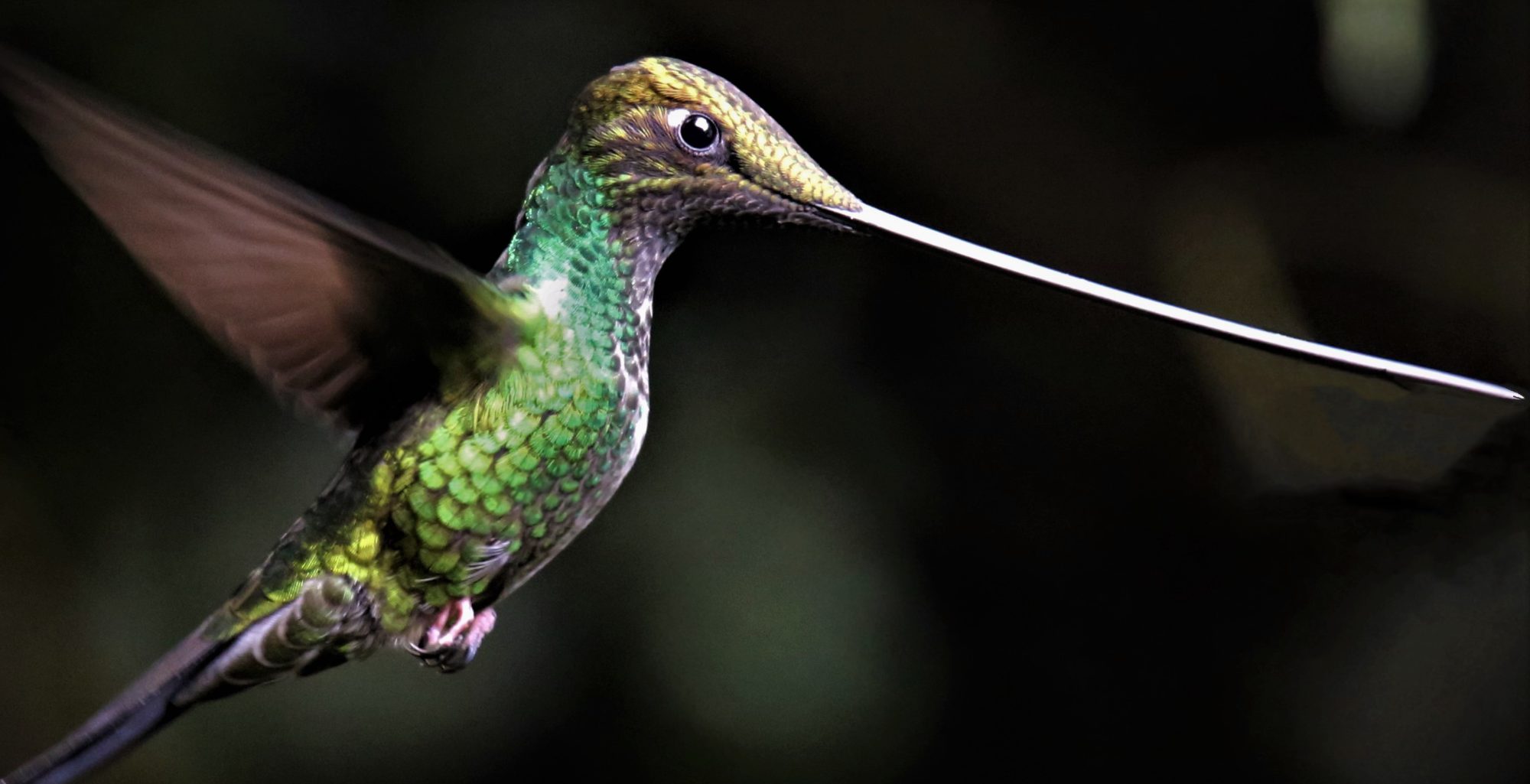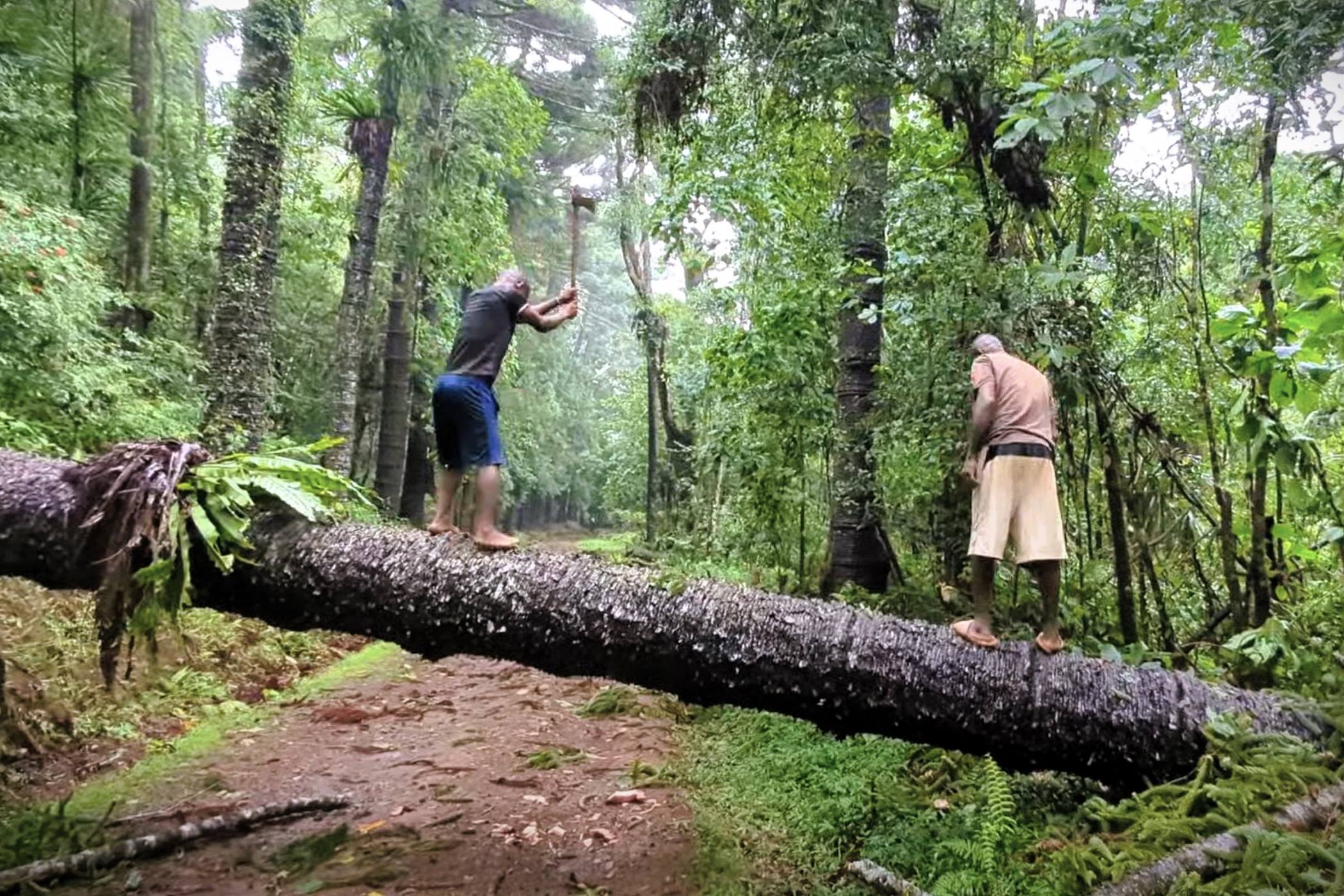When we were in Ambilobe our rooms had televisions that worked. Most of the programming was not in English, but I did hear on a British News program that a Tropical Cyclone was headed in our direction. Devin knew about it too. Fortunately, while we were in Ankarana there were evening showers but nothing really alarming. It was still early in the cyclone season this year and the previous two trips with Devin also were during that time of the year. If you want to see frogs, it is the best time to be in Madagascar. We were taking a chance and we knew the risk. They weren’t predicting the storm would be very strong, but we were heading to the far north as it was approaching Madagascar for the last part of our trip.
The storm already had a name. We were headed all the way to Antsiranana, (The city is also called Diego Suarez, or just Diego for short.) and so was Cyclone Chido. Our route had been changed from the original itinerary. I am not sure if it was because of the cyclone or other logistical reasons. Anyway, our last stop wasn’t Diego. as originally stated on the itinerary. Instead, we made a quick dash for supplies in Diego and an abbreviated visit to a place called Montagne des Francais nearby. Devin had been there before, but didn’t have any luck finding the mantella frog he was looking for then. Jacques is from Diego and he had new information from a relative on where to look. When we arrived, with the storm coming the frogs, who probably can sense the change in barometric pressure, were chirping (mantellas sound more like crickets than like frogs) all around the small stream. It wasn’t long before the first frogs were found and we got our photos and then we headed on to Amber Mountain National Park. We didn’t feel threatened by the storm yet. There were clouds but not much rain…until we got to Amber mountain.
Driving into camp was a challenge. The road was blocked with a rope and a sign that I think said do not enter, but it wasn’t in English. No one seemed to be able to say why it was blocked. Jacques knew the park authorities were expecting us. Eventually, He was able to negotiate his way into the park. The facilities there were pretty good. The tent pads were made of sand and covered with a relatively sturdy thatch roof. There was at least one working flush toilet and a sink with running water to wash your hands. As it was at the first campsite, we didn’t even have to set up our own tent and once again the bedding was provided. It wasn’t exactly glamping, but not bad at all. The only bad part was that there were lots of tall trees near the tents.
The winds were picking up. It rained hard but I was staying dry in my tent. They also had a large covered table for meals. Our drivers even rigged a tarp on the side the wind was primarily coming from, so we didn’t suffer much there either. We had gotten word that the storm was going to be stronger than originally predicted. We tried to stay put, but that only lasted until a big tree snapped and fell very near one of the tents and that caused us to decide it wasn’t going to be safe. Fortunately for us there was a monastery not too far from the park that Jacques knew had empty rooms and arranged for us to go stay in their concrete building. As we were in a hurry, we left most of our stuff up at the camp. The next morning, after a good night’s sleep in a room with a mattress and a shower with hot water, we returned to find that we couldn’t drive all the way back to where our tents were because a large tree had fallen completely across the road. (pictured above) It was not far from camp and we could easily walk around the tree. Park workers were already hard at work with axes trying to clear the way. We didn’t know then, but they didn’t do it so much for us, but rather because a cruise ship was in port and visiting the park was on their scheduled itinerary. When we arrived at our campsites we were lucky to find all of our stuff was still in our tents and for the most part pretty dry.
It was just after I finished checking my stuff in my tent that I noticed a rather large creature moving near one of the other tents. It was pretty far away from my tent, so I grabbed my cell phone (It would take too long to get my camera gear unpacked.) and I headed closer to investigate. I had a pretty good idea of what it had to be though I had never seen one before. I was hoping I was right, but it certainly wasn’t on the list of critters we were hoping to see. I told Aly, who hadn’t noticed or heard the animal which was close to her tent, and a local guide, who I think was there watching our stuff while we were away. They both were near enough to me that I could get their attention without scaring the animal. I said to them, I think there’s a Fossa over there,” as I tried to move closer. The guide, who seemed as surprised as me, said, “You are right and you are so lucky. We never see them. They are very shy.” I took a few photos with my phone and a short video. Then Aly and I went to try to find the others to let them know, hoping they would get a chance to see it before it went away. A few people had their cameras in hand as they were getting ready to start photographing whatever they could find in the aftermath of the storm. I said they should come quickly, because I had seen a fossa. I think it was Brad who said something like, sure you did. I assured him I had and we found the critter was still very near the spot I first saw it. He had the right lens and probably must have gotten some good photos. Shawn, Grace and Lonny made it there too, but I haven’t seen any of their photos yet. I did see some video taken on their cell phones and it was pretty awesome. Unfortunately, Devin and Mike were not close by, so they missed their chance. Devin said he’s been coming to Madagascar for more than 15 years and he has never seen a fossa.
I didn’t lead with the fossa photo this time. It wasn’t because I didn’t want to ruin the surprise. When we arrived back at camp I had no idea what I would find. I was thankful that we had been able to see some cool stuff already and tropical cyclone Chido passed over our camp without hurting any of us or damaging our personal property. We heard later it was the worst cyclone in 90 years to hit the French overseas territory of Mayotte, a volcanic island in the Comoros archipelago between the eastern coast of Africa and the northern tip of Madagascar less than 300 miles from the monastery where we stayed. It was a devastating category 4 storm when it hit. It killed at least 35 people there and went on to kill even more in mainland Africa. No doubt, we were lucky!
We got up the next day without having heard the sound of any falling trees. During breakfast lots of empty four-wheel drive vehicles, who must have dropped their passengers off on the walking path near where the tree had fallen during the storm, started to park near our tent sites. Our drivers were packing our tents and putting all the camping gear on top of our vehicles. I asked a woman who looked to be in charge, what was going on and that’s how I learned that they were there to take care of a bunch of people from a cruise ship. She had been contracted to be there to direct the setup and preparation of lunch for the cruise ship passengers who were walking some of the trails we had already walked.
We returned to Diego to unload our camping gear and instead of staying there, we all agreed we were up for driving all the way to Ambilobe; paying for another day at Kozobe Hotel. That would make our journey back to Nosy Be much shorter and less worrisome. We still had no word on the progress fixing the bridges that were wiped out by Cyclone Gamane. How long would it take to make our return trip to Nosy Be? Would we have to use boats to cross rivers this time too?
To see photos of what we saw in the northernmost parks we visited on this adventure, click here. I promise I did see a fossa and have evidence.


